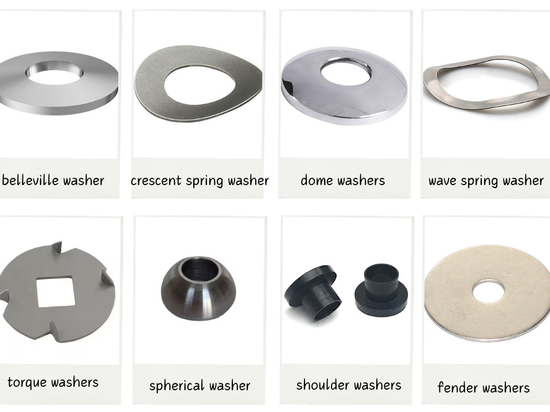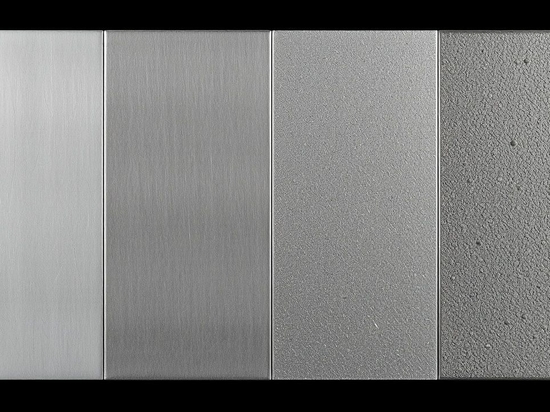
#Industry News
What Is Riveting
Define, Advantages And Applications
Welding and riveting are two commonly used metal joining processes.Riveting refers to rivet connection. It is a method of connecting multiple parts by using axial force to thicken the rivet rods in the rivet holes of parts and form nail heads.Riveting simply creates a hole in the connection, compared to welding, which fuses two or more materials together.
A rivet is a mechanical fastener used to join two or more parts together. It usually consists of two parts: the rivet itself and the rivet cap. Rivets are usually made of metal, and rivet caps are used to cover the riveted part to make the connection stronger and more beautiful.
According to the force application method of riveting, the riveting process can be divided into three types: press riveting, pull riveting, and expansion riveting.
Pressure riveting means that under the action of external pressure, the pressure riveting parts plastically deform the base material and squeeze into the specially designed prefabricated grooves in the structure of the pressure riveting screws and nuts, thereby achieving two reliable connections of the parts. This usually involves the use of a rivet press or similar equipment. Suitable for mass production, press riveting enables fast and consistent connections, such as connecting electronic components to housings.
Blind riveting refers to the plastic deformation of the riveted parts under the action of external tension during the riveting process. The deformation position is usually in a specially designed position, and reliable connection is achieved by clamping the base metal at the deformation position. Blind riveting is performed using a specialized rivet gun and is typically used where higher tensile strength is required or where space is limited, as it allows for easy joining of both sides of the connection. The familiar aircraft fuselage is riveted together. The rivet heads are flush with the aircraft surface, making the outer surface of the entire fuselage smoother and reducing air resistance.
Swage riveting is a riveting process achieved by forming grooves or embossing on the connecting parts. In this process, by applying pressure or squeezing, the riveted part is compacted and changes its shape so that it forms a tight mechanical connection with the connecting part. Expansion riveting is often used to join thin sheet materials, such as the common riveting method in aircraft manufacturing. The riveting process is relatively simple, the connection strength is low, the height of the fastener is limited, and the torque is not large.
Please click on the link in the lower right corner to access the details page for more information. The details page provides comprehensive descriptions, advantages, and applications of the three types of riveting. It is a valuable resource that offers in-depth insights and knowledge about riveting techniques. Whether you are a beginner or an experienced professional, the details page will provide you with the information you need to understand and utilize riveting effectively.





